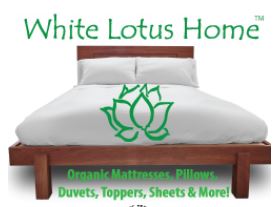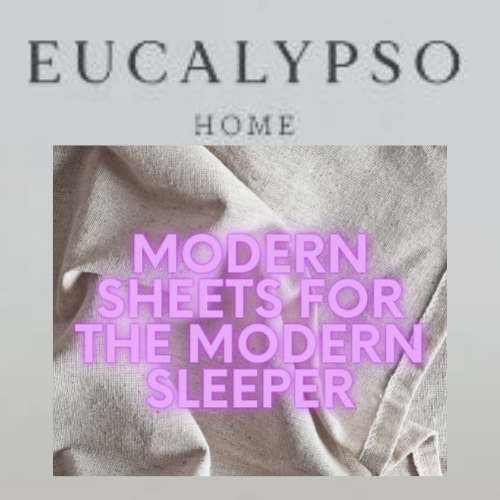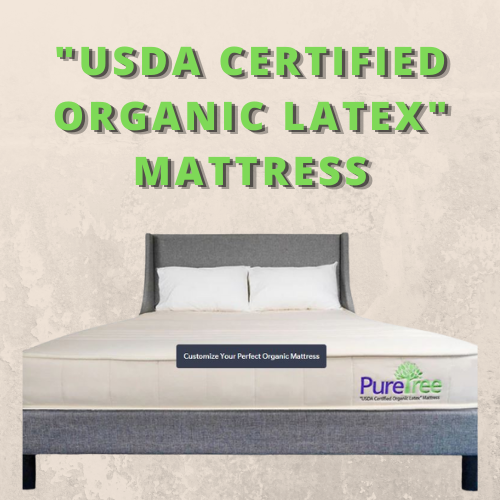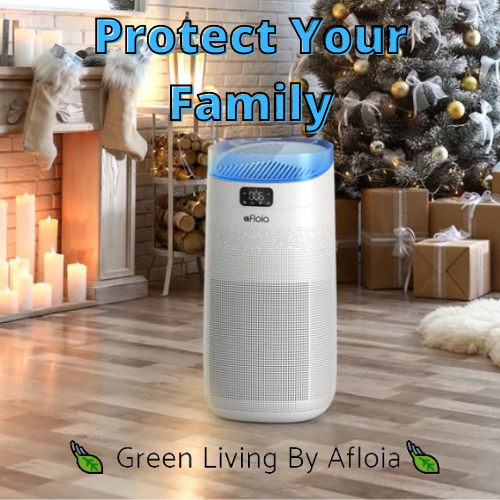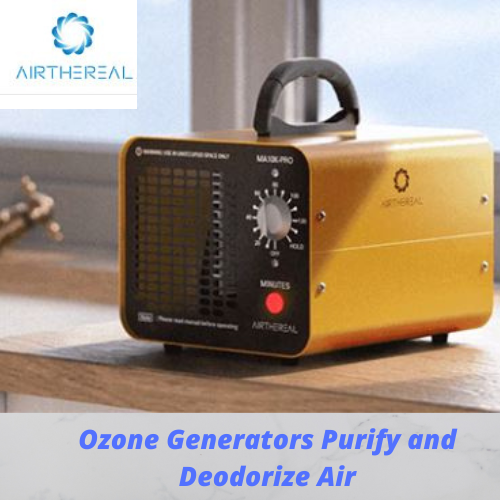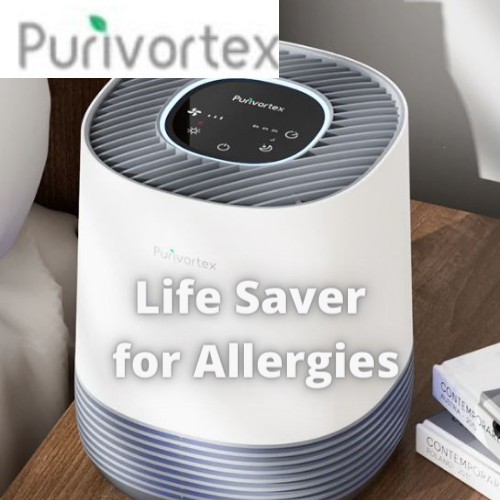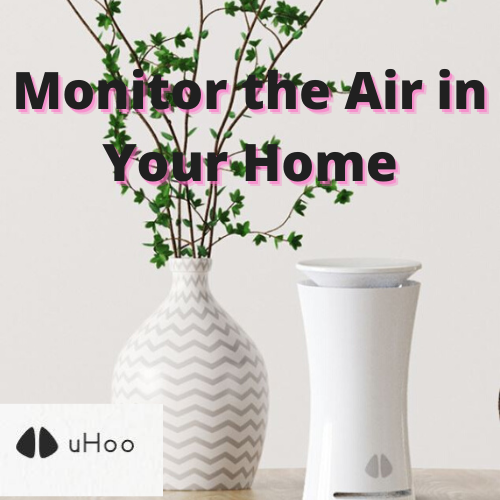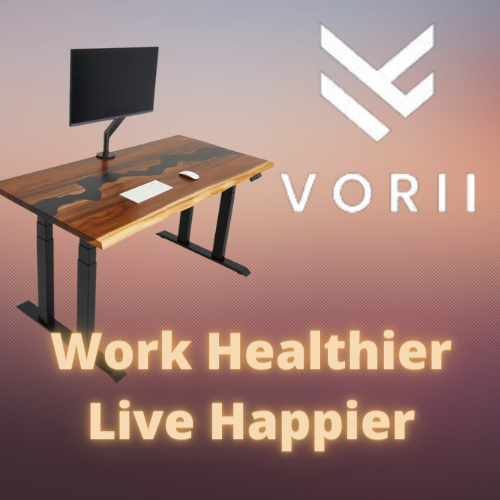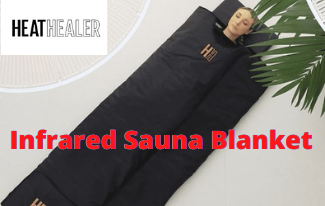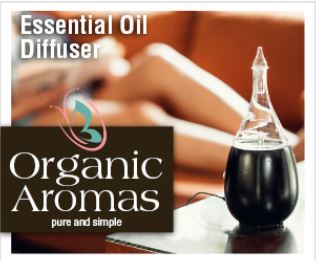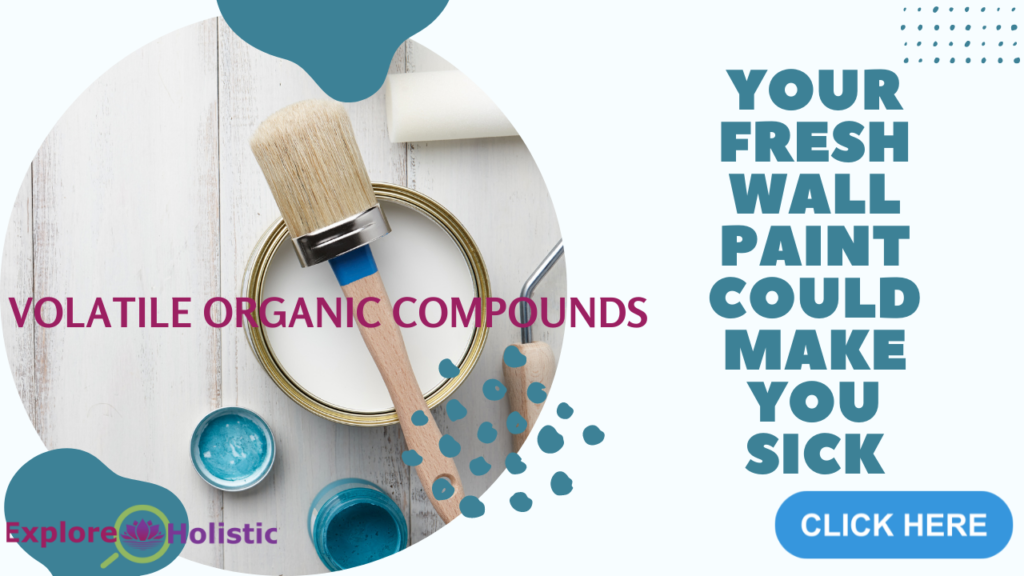In this blog, I will be talking about something very common in your home: paint, and specifically how Volatile Organic Compounds (VOCs) in it may be making you sick. More importantly, we’ll talk about what you can do to protect yourself when taking on any “do it yourself painting projects”. Let’s get started…
What are VOCs?
VOC stands for “volatile organic compound.” VOCs, also referred to as solvents, are a large group of chemicals that are named this way for a reason: they are volatile. What does that mean? It means they are easily evaporated at normal temperatures, which causes the release of “off-gas” into the indoor air we breathe. (Explore the video below)
VOCs in paint act as a way for paint to be transferred from the can to the surface to be painted, aiding the flow of the paint. Truly a useful purpose; however, this carries added health considerations which are worth discussing. As the paint dries, these compounds are released into the air through “easy evaporation at normal temperatures,” and can continue for years following the initial painting, putting your family at risk.
The most common examples of VOCs include Methylene Chloride, Benzene, and Formaldehyde, which are among the most utilized VOCs in paint.
How Do VOC’s Affect Health?
According to the EPA, the Environmental Protection Agency, continuous exposure to VOCs may have short- and long-term adverse health effects. Some of which include:
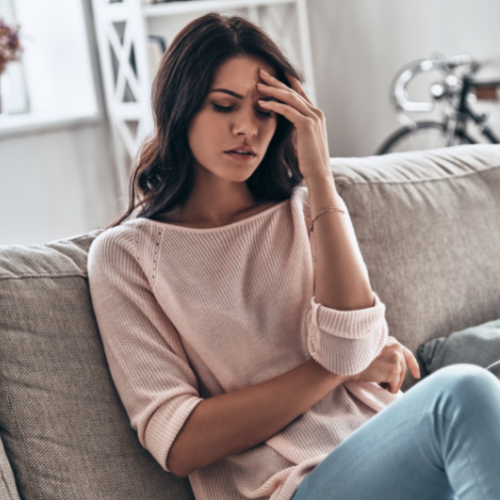
- Eye, nose and throat irritation
- Headaches, loss of coordination and nausea
- Damage to liver, kidney, and central nervous system
- Allergic skin reactions
- Difficulty breathing
- Nausea
- Fatigue
- Dizziness
- …and they are Potential Carcinogens!
Protect Yourself!
The main way to protect yourself is to determine which paints are either “Low VOC”, “Eco-Friendly” or better yet “No VOC”. Research your materials before buying. Check online or ask questions in the paint store. Brands that have no VOC options may include AFM Safecoat, Behr, Benjamin Moore, and Sherwin Williams, among others that make non-toxic paints. Even if you do find a low VOC or 100% VOC free paint, it is still important to follow the same precautions you would with any other paint product.
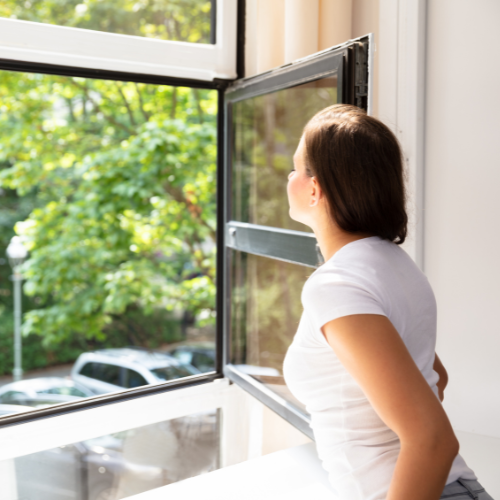
- Properly ventilate the room, keeping the windows open and using fans; seal the area from the rest of the house; wear a disposable respirator if you are painting the room yourself, It is safer to wait about 24 hours for the paint to dry for adults, or up to a week for children to allow for the fumes to dissipate before sleeping in a freshly painted room. Not waiting long enough for the paint to dry might cause headache, nausea, or sinus discomfort, and the longer you wait, the lower any VOC exposure will be.
- Place some indoor plants that have the ability to be natural air filters for the room. Bigger palm trees and smaller plants, such as lilies and ferns, could boost the air quality inside your home and increase the oxygen supply.
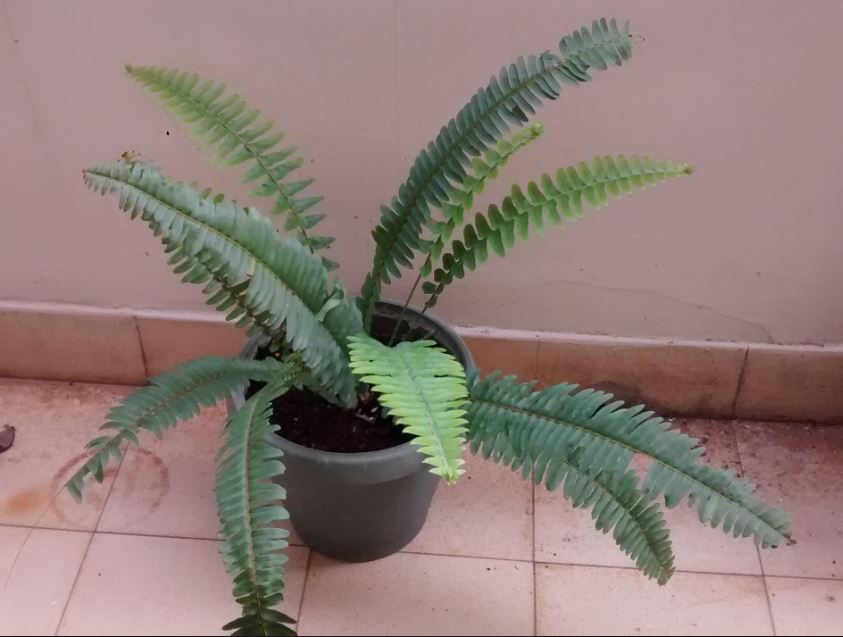
Install an air purifier that uses activated carbon filters which permanently remove VOCs from the air through the process of adsorption. This process is extremely useful for cleaning the air in homes.
I hope you found this blog helpful in learning about the VOCs found in paint and how you can protect yourself and your family when deciding to begin that home painting project. Make sure you Visit Our YouTube Channel to learn more about other holistic health and wellness options.

About Us
As holistic dentists, we've recommended products and services that supported our patients’ health for decades. In experiencing our own health challenges from mercury toxicity, we worked closely with many natural, alternative, and integrative health practitioners who aided our recovery as well as our patients’. We built this site to provide you with a simple-to-use, comprehensive, informational, and functional resource for your physical, emotional, and spiritual health & well-being.





